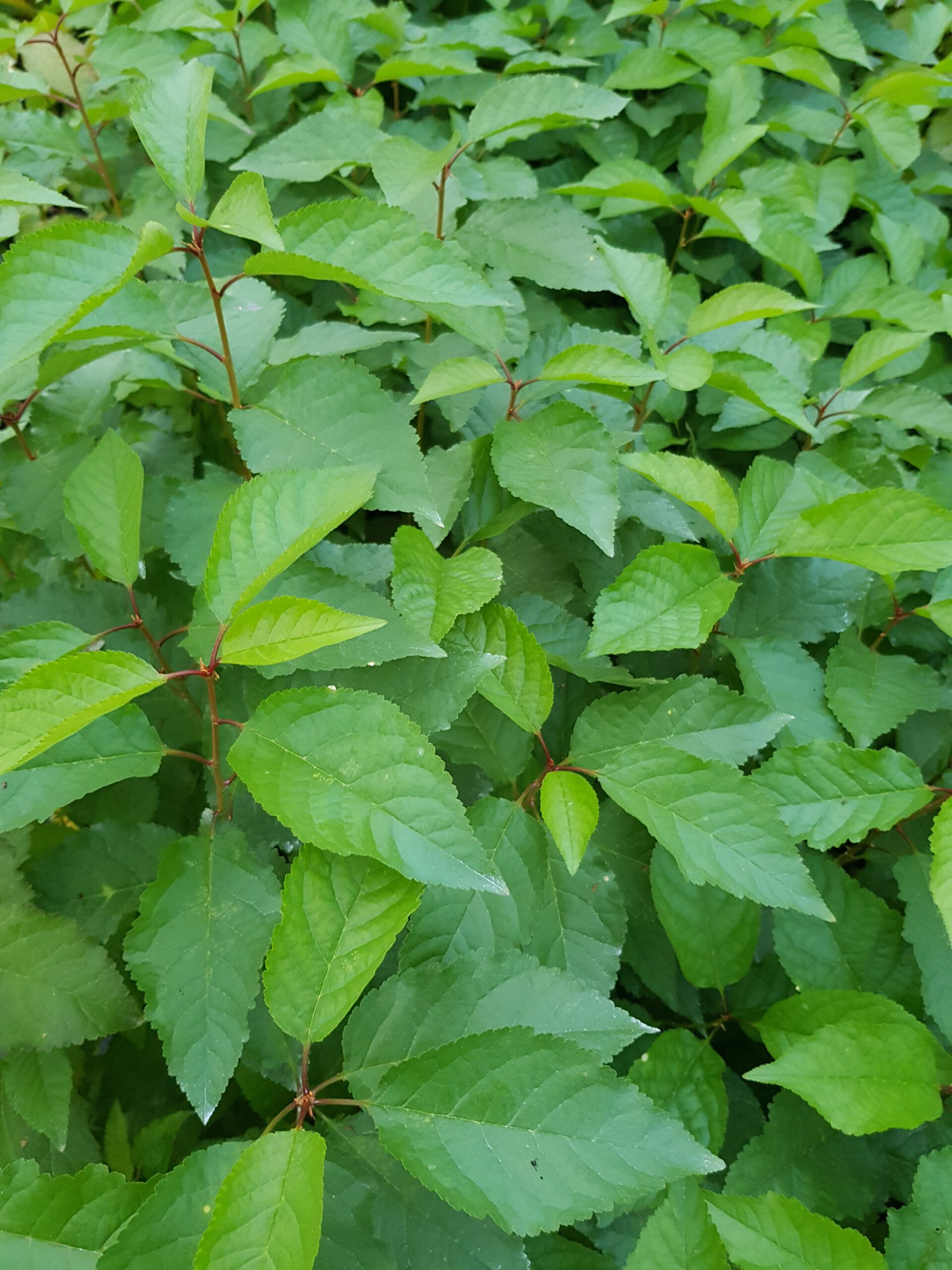Description
Prunus mahaleb, also known as Saint Lucie Cherry, is an important rootstock for both sweet and sour cherries. This seedling is mainly used in soils and climates where Prunus avium (the standard rootstock for cherries) does not thrive. Mahaleb is extremely suitable for areas with drought and can cope well with characteristic chalky soils such as those in Spain and southern Italy.
Key features:
Growth: The vigour of Prunus mahaleb is 100% of the standard, which means that the rootstock provides stable, strong growth and trees have the free growth necessary for good cherry production.
Soil and Climate Preference: It is best suited to deep, well-drained soils such as loam and sand, and chalky soils. It is not suitable for wet and heavy soils.
Drought Resistance: Mahaleb is extremely drought resistant, making it ideal for regions with low rainfall or less irrigation capacity.
Resistance and Health:
Cold Hardiness: Prunus mahaleb is very hardy, with a cold hardiness down to USDA Zone 4 (-34°C), making it suitable for cold climates.
Disease resistance: The rootstock has some resistance to crown rot, but is susceptible to diseases such as Phytophthora and bacterial canker. It also shows some susceptibility to root-knot nematodes and root-lesion nematodes.
Root suckers: This rootstock shows few root suckers, which contributes to a healthier root structure.
Application:
Prunus mahaleb is an excellent choice for cherry production in dry and poor soils, especially in areas where other cherry rootstocks such as Prunus avium do not grow well. Its good drought tolerance and winter hardiness make it a reliable rootstock for both commercial cherry orchards and for smaller horticultural applications in cool climates.









